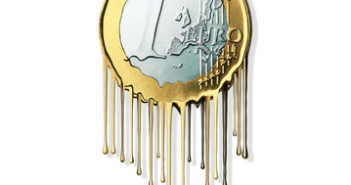It’s not only the periphery: also Germany is experiencing very low inflation. The lower prices of oil together with a relatively lower euro in November trigger an HICP level of 0.5% y/y, lower than 0.6% expected and than 0.7% in October. It is also the lowest since November 2010. The national level is 0.6% y/y and both monthly changes stand at 0%.
EUR/USD remains stable, as this was not totally unexpected after the weak state data, and also due to thin trading activity because of Thanksgiving. Yet all in all, the pair was unable to hold the highs.
Germany was expected to report a slide in annual inflation to 0.6% in both the Consumer Price Index and the HICP (EU standard), with hardly any change m/m. However, early releases from the various German states pointed to a weaker outcome.
EUR/USD traded around 1.2483 before the publication.
Earlier, also Spanish CPI came out below expectations. This all points to another cycle low in euro-zone inflation published tomorrow.
Not all is bad in Germany: unemployment continued falling, with a drop in jobless claims and a drop in the unemployment rate to 6.6%.
More: EUR/USD: Double Bottom; Cable: Consolidation – RBS
Here is the chart:




